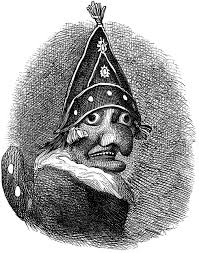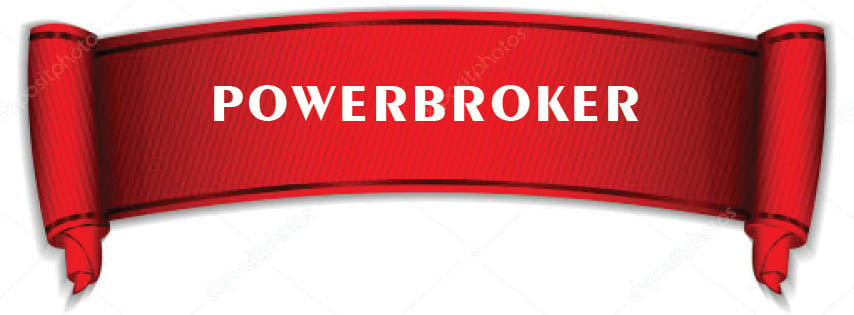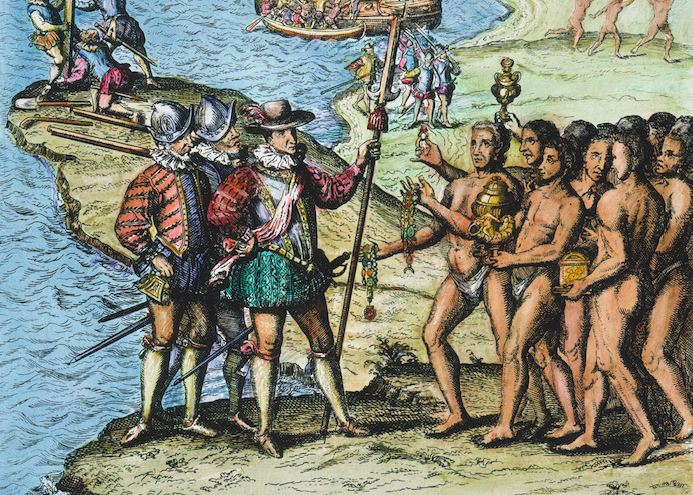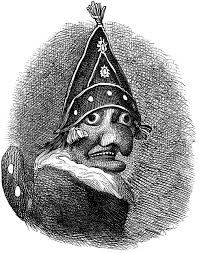It's Columbus Day (a U.S. federal holiday honoring Christopher Columbus), and also Indigenous Peoples Day (a U.S. presidential decree instructing the nation to honor the Native Americans). On the second Monday in October, Americans are encouraged to honor both a Spanish conquistador along with the courage and contributions of the very people he displaced and conquered. In 2021, the U.S. president formally released "A Proclamation on Indigenous Peoples Day:"
Indigenous Peoples Day seems to run afoul of former U.S. president's policies on Indian Affairs. In lieu of colonizing, it suggests we acknowledge their culture, food, crafts, dance, canons of faith and leadership. Herewith, federal agencies are encouraged to recognize Native Americans by assisting the nation’s awareness, tolerance, and education of the Indigenous Peoples.
However, President Donald Trump criticized Indigenous Peoples' Day as an example of how "the radical left is eradicating our history." In 2025, Trump vowed "to bring Italian explorer's 1492 journey to the New World back from the ashes." In fact, the combined Columbus Day / Indigenous Peoples Day has collided into a paradox of public policy. A predominant population in 1492, today Indigenous Peoples' are still stumping for their rights, tribal lands, and sovereignty. At the core of this debate lies derision, and to each and all a decision about which stories to tell their children.
Population figures for Indigenous Peoples in North America at the onset of European Colonization in 1492 are difficult to establish. Scholars rely on archaeological data and written records from European settlers. However, most leading scholars gravitate toward a figure of 50-100 million or more. According to the U.S. Census, there are 574 federally recognized tribes in the United States and approximately 6 million full blooded Native Americans in the United States today, collectively representing 2% of the U.S. population.
How and why they dwindled into abject obscurity begins in Spain. In 1492, Spain sends mariner Christopher Columbus to scout, discover and colonize the North American continent for the Spanish Empire. The gist of which was to exploit their land, natural resources and labor. Cliff notes from one of many the punitive missions by Spanish Conquistadors in the Americas:
Conquistador Don Juan de Oñate is granted permission by King Philip II to colonize Santa Fe de Nuevo México in 1595, and a 3-day skirmish between Spanish colonizers and the Keres Acoma Nation result in the Acoma Massacre. Casualties include 12 Spanish soldiers; 500 Acoma men, and 300 Acoma women and children. The payload includes forcing the remaining 4000 survivors to work as indentured servants to the Spanish Crown in present-day New Mexico for the next 250 years.
From the Age of Discovery onward, catchy phrases like “Columbus sailed the ocean blue in 1492” somehow storied the European's arrival in the Americas after which not only Spain but subsequently Portugal, Britain, France, and the Netherlands all began claiming the continent as their own. The next 400 years oversaw the Europeans displace, infect, deprive, enslave, disestablish and exterminate the majority of the Indigenous Peoples of America. Moreover, their policies and practices informed America's founding fathers.
In 1779, newly elected President George Washington gave orders to destroy the crops, villages and establishments of the Indigenous Peoples. He writes to his generals:
The expedition you are appointed to command is to be directed against the hostile tribes of the Six Nations of Indians. The immediate object is the total destruction and devastation of their settlements; the capture of as many prisoners of every age and sex as possible; the ruination of their crops now in the ground; and the prevention of their ever planting more.
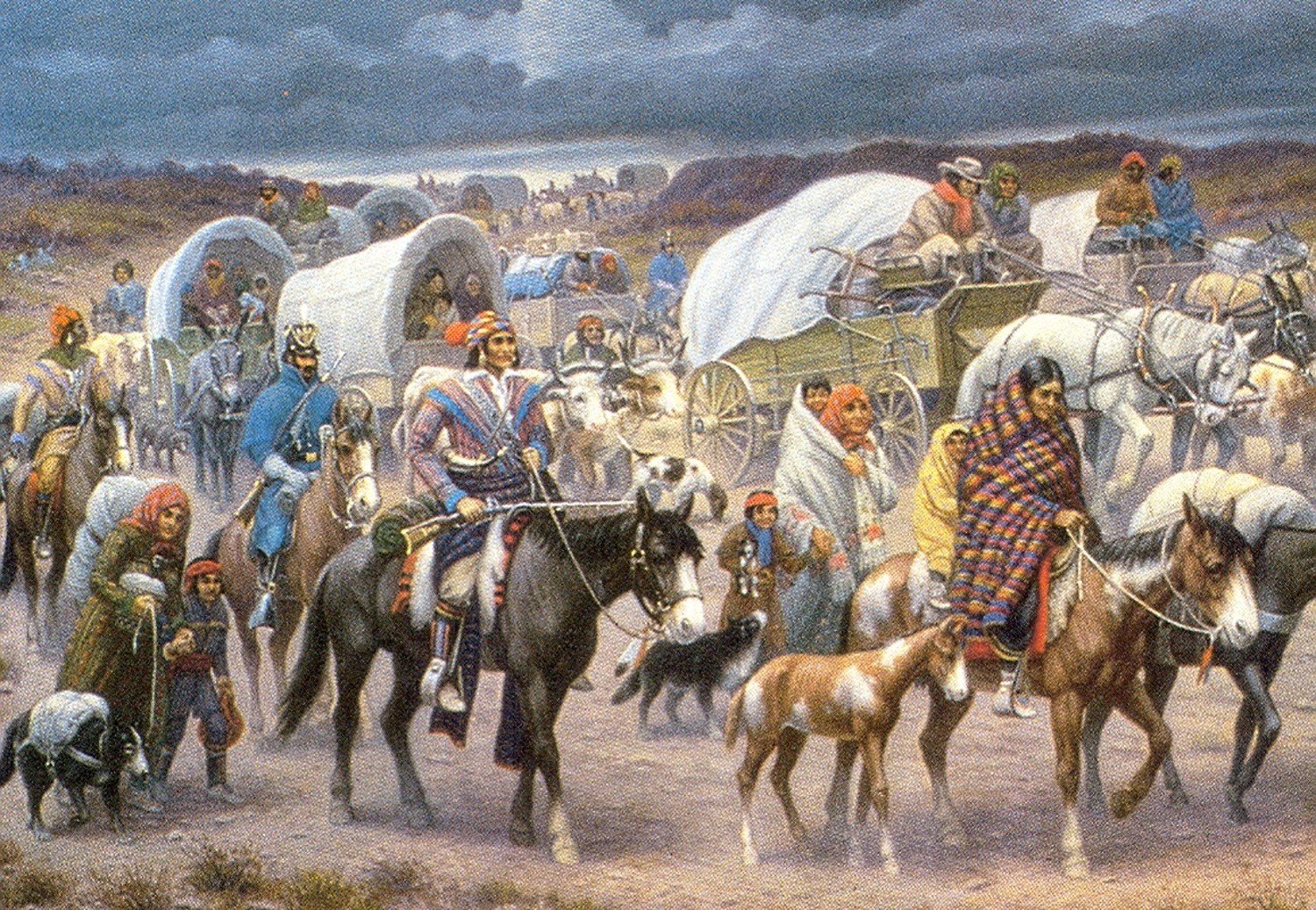
Trail of Tears
Fifty years on, President Andrew Jackson signed the Indian Removal Act: forcibly removing 60,000 Indigenous Peoples from their villages; incarcerating them in stockades; and forcing them to walk more than 1,000 miles to Indian Reservations. Over 4,000 died in transit, and many are buried in unmarked graves along the Trail of Tears. President Andrew Jackson writes:
By persuasion and force they've been made to retire — from river to river and from mountain to mountain — until some of the tribes have become extinct, and others have left but remnants to preserve for a while their once terrible names.
Nearly 200 years on, the United States is increasingly embracing its Indigenous Peoples due to a growing recognition of the historical injustices; a growing awareness of the valuable knowledge they hold regarding land management and environmental stewardship; and a desire to acknowledge their rich cultural heritage. In fact, the Indigenous Peoples of this land have an invaluable legacy that is deeply woven into the fabric of our society. Understanding and honoring their traditions whispers of a more inclusive and equitable world. The Vatican in 2023 observes:
"We repudiate those concepts that fail to recognize the inherent human rights of Indigenous Peoples including what has become known as the legal and political Doctrine of Discovery." The U.S. Supreme Court followed suit when it upheld a challenge to the Indian Child Welfare Act. Associate Justice Neil Gorsuch writes in Haaland v. Brackeen:
Despite Congress using its powers to divest and terminate federally recognized sovereign nations, the U.S. Constitution simply does not nor has ever granted the authority to limit tribal sovereignty.
The U.S. Land Buy-Back Program for Tribal Nations — a decade-long effort to consolidate and return land to Tribal ownership — has restored nearly 3 million acres in 15 states; restored ownership into Tribal Trusts, and endowed 123,000 native American victims with $1.69 billion in compensations. Moreover, the Land Buy-Back Program empowers Tribal communities to determine how their lands are used, including conservation and economic development projects.
While the Indigenous Peoples represent a scant 2% of the U.S. population today, over 70% of the United States 340 million people actually have Native American blood running through their veins. According to genealogical resource called Ancestry: “Native American blood lines are present in 73% of all participants in our "Ancestry DNA Studies: Tests for Ethnicity and Genealogy.” In fact, Native American bloodlines are firmly imprinted into the DNA, identity, and culture of America.
Though placed under a "comprehensive internal review" by the Trump administration in 2025, the National Museum of the American Indian, a Smithsonian Institution, has identified six themes that came to characterize the Native American’s quest for liberty. They represent a canon of leadership ideals that guide and govern them even now including: recognition of the immanent value of all things, noninterference, and a collectivist decision-making approach.
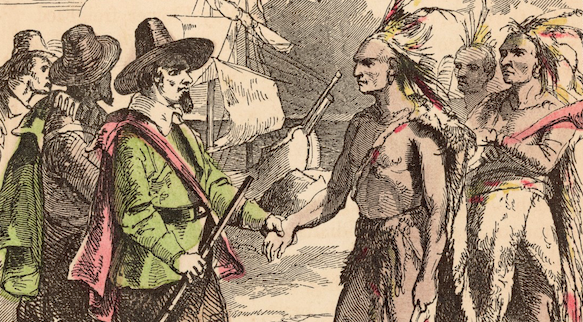
Samoset, Plymouth Colony 1621
If cancel culture is to be expelled or shunned from society, its follows that America's Indigenous Peoples were the first to meet that fate. "Once a government commits to silencing the voice of opposition it has only one way to go," President Harry Truman once said. "That is down the path of increasingly repressive measures until it becomes a source of terror to all its citizens and creates a country where everyone lives in fear.”
When France finally sold the Louisiana Territories, Napoleon Bonaparte said, “To get power you need to display absolute pettiness (Demagoguery), but to exercise power you need to show true greatness (liberty, equality, freedom).” Such pettiness and greatness rarely if ever exist in one person. From the utopian Yankeedom to the conservative Greater Appalachia and Left Coast, all 11 rival regional cultures in the United States today can be traced to a single moment, first impression, statement of purpose, and life lesson:
On March 16, 1621 — Samoset, the first Paramount Chief to make contact with the Pilgrims — startled British colonists by simply walking into Plymouth Colony and greeting them in English with a warm "welcome."
Archives



